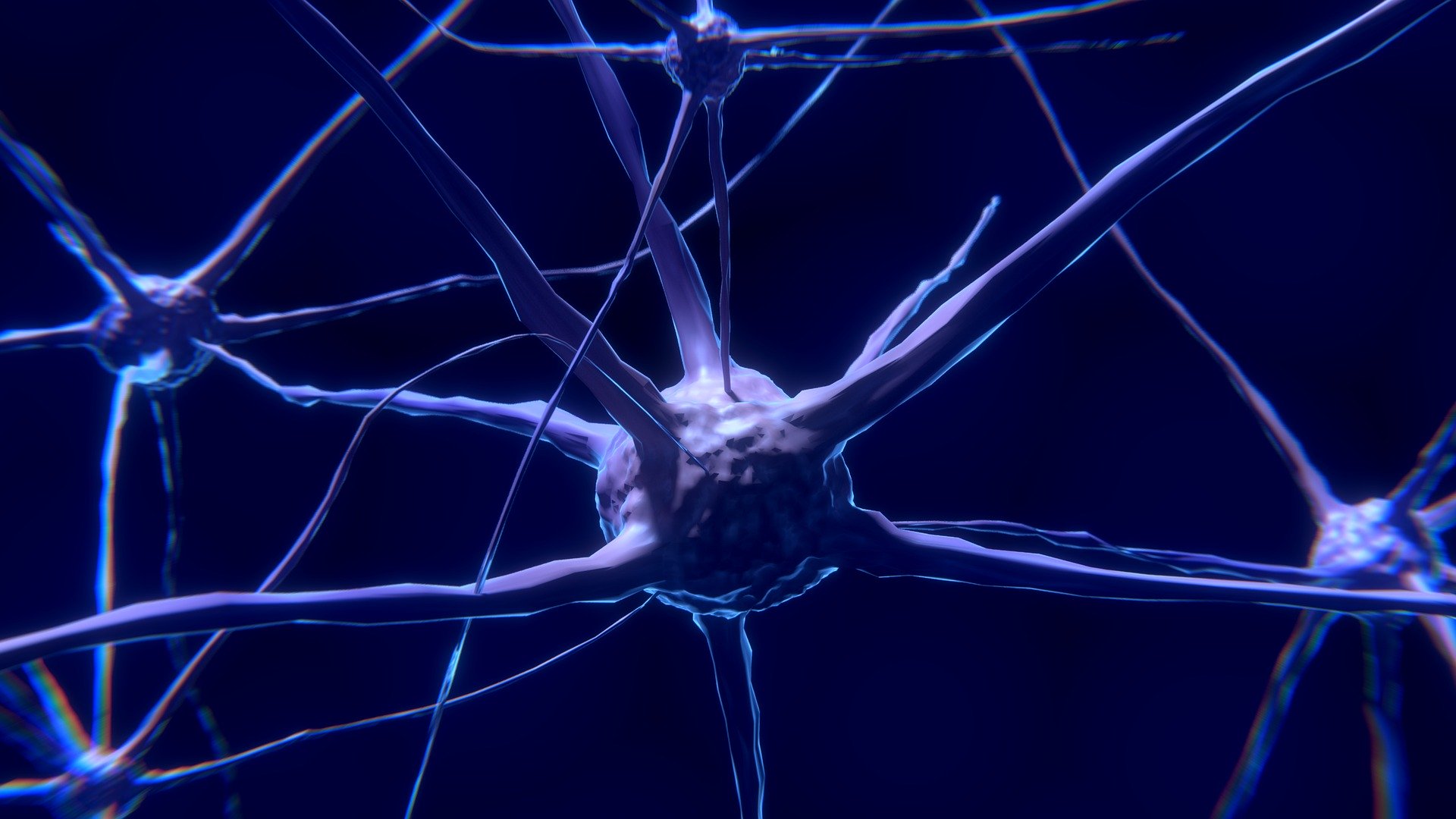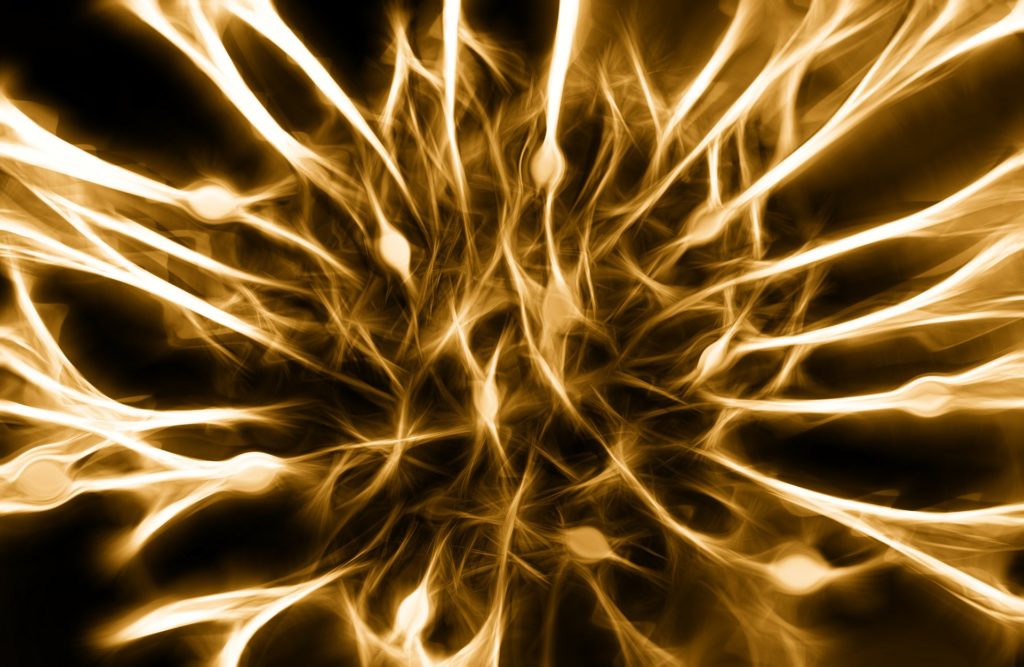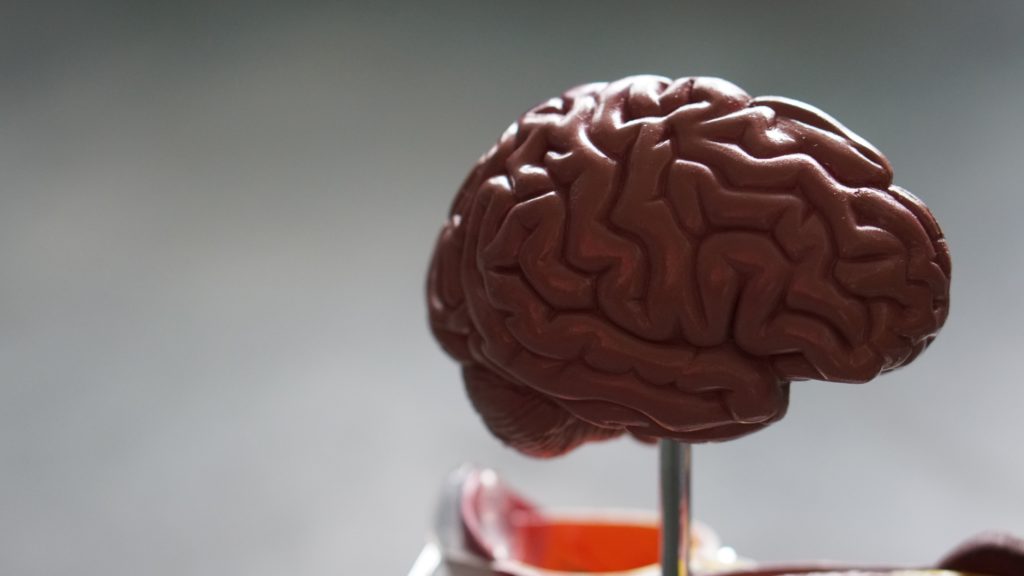Commonly referred to as “smart drugs” or cognitive enhancers, nootropics are designed to help improve and protect cognitive performance and executive function. There are different classes of nootropics that are available with or without a prescription depending on the type and purpose of the drug.
Some nootropics are available in common consumer and dietary products that you can buy at the supermarket, pharmacy, and even your local coffee shop. In addition to caffeine, other common examples of nootropics include:
- Creatine
- Omega 3/fish oil
- Vitamin B2
- Melatonin
- Zinc)
- L-theanine
- Gingko Biloba
- Inositol
Even vitamin B3 can also be considered a nootropic, since some claim it increases concentration, and it seems to have neuroprotective effects in medical studies.
Nootropics are available in a variety of forms, from creams, to pills, to injections, and even inhalers. Nootropics vary in form based on bioavailability. Not all nootropics are formulated to be orally bioavailable, meaning they have to be delivered in different ways to be effective.
They can also be stacked with each other, depending on what it is that you’re trying to accomplish. For example, two of the nootropics we’ll be talking about later, Semax and Selank can be used together for people looking to get out of a depressive slump. This isn’t something we necessarily encourage for everyone, but many people have reported having success with this method.
While “stacking” nootropics might seem extreme, consider that since technically niacin is a nootropic, if you’re taking another nootropic with your daily multivitamin, you’re technically using a nootropic stack.
What You Need to Know About Semax
If you live in the United States, you’ve probably never heard of Semax. Yet, despite that, it’s on the Russian List of Vital & Essential Drugs — and it’s been approved since 2011. There, it’s used for stroke, memory, and cognitive disorders, ulcers, optic nerve disease — and even to boost the immune system.
Semax is also notable because it’s administered via a nasal spray, as it has poor oral bioavailability (meaning that it is a relatively fragile molecule that can’t survive the digestive tract).
How Semax Works
In animal models, Semax seems to elevate brain-derived neurotrophic factor (BDNF) and activate both serotonergic and dopaminergic brain systems. Not surprisingly, it’s been found to produce antidepressant and anxiolytic effects in rats. Because of this, Semax has been investigated as a potential treatment for depression.
Semax does more than this, however. It also has been shown to have some activity on melanocortin receptors — specifically MC4 and MC5. In mice, both of these receptors have been linked to feeding behavior, metabolism regulation, and sexual behavior. While that does not mean Semax has any impact on any of these things, it is interesting to consider how Semax might produce its beneficial effects in the body.
 What is Brain-Derived Neurotrophic Factor (BDNF)?
What is Brain-Derived Neurotrophic Factor (BDNF)?
BDNF plays an important role in the growth, survival, and health of neurons. It’s even integral to neuroplasticity (or the brain’s ability to change and reorganize itself by forming new neural connections). BDNF is expressed throughout the body — from the gut to the central nervous system.
While most of the neurons we have are formed before we’re born, the adult brain has the ability to grow new ones through neurogenesis. Proteins called neutrophins help to stimulate and control neurogenesis — of which BDNF is one of the most common.
Decreased levels of BDNF have been associated with numerous neurodegenerative diseases, such as Alzheimer’s, Parkinson’s, and multiple sclerosis. To put it lightly, BDNF is pretty important in your brain’s health.
Some of BDNF’s connections to disease and mortality are particularly interesting. For example, low plasma BDNF levels are associated with an increased mortality risk on women. Likewise, there’s a positive correlation between blood levels of BDNF and LDL cholesterol, adipose tissue mass, body mass index (BMI), and triglycerides.
Higher BDNF levels have also been linked to knowledge acquisition and lower levels of depression.
You should also know that there are plenty of ways to increase BDNF sans Semax, too, and that these activities would likely be beneficial alongside Semax.
Exercise increases BDNF, as does sunshine. Niacin — which we previously mentioned as a potential nootropic — also stimulates BDNF.
What is Semax Used For?
Because of its combined effects — and especially because of its ability to boost BDNF — Semax is frequently used as a mood or focus booster. There’s also evidence that it improves memory. In a small scale study of Russian men, it increased memory and attention during particularly demanding tasks.
It’s important to note, however, that while it is widely used in Russia, Semax has not been approved by the FDA.
What You Need to Know About Selank
Much like Semax (in fact, they are sometimes referred to as “cousin” peptides), Selank is a drug that was developed in Russia – and is fairly commonly used there. Selank comes in both a nasal spray and an injectable form. Typically, though, the nasal spray is considered to be more effective.
Selank is a synthetic analog of the human tetrapeptide tuftsin. In studies, it’s been shown to modulate IL-6 (interleukin-6), which means it potentially reduces inflammation. It has also been shown to rapidly increase the amount of serum BDNF in rats, just like Semax.
How Does Selank Work?
In Russian animal studies, it has been shown to produce antidepressant-like effects, specifically reducing anhedonia, with potentially less risk for side effects like addiction.
Selank’s effects aren’t limited to just animal studies, however. In human studies, it’s been shown to produce sustained nootropic and anxiolytic effects without and sedation. Clinical studies have also found that Selank may have similar properties to benzodiazepine drugs like Xanax and Valium. According to a study published in Frontiers in Pharmacology:
Clinical trials of Selank have shown that this peptide can affect both the immune and the nervous system (Czabak-Garbacz et al., 2006; Semenova et al., 2008). It was shown that Selank had a pronounced anxiolytic effect comparable to that of classical benzodiazepine drugs (Seredenin et al., 1990, 1998).
It is known that the classical benzodiazepines act via gamma-aminobutyric acid (GABA) type A receptors. They enhance the GABA effect by allosteric modulation, which increases the frequency of opening of channels for chlorine ions. The Selank action mechanism may be related to its ability to affect the performance of the GABAergic system.
What is Selank Used For?
Selank is frequently used by people wishing to control their anxiety. While it’s also sometimes used as a general mood lifter, the research tends to support its role as an anxiolytic more than an antidepressant.
Regardless, some in the nootropic community cycle Selank and Semax in hopes of achieving a more effective and longer-lasting improvement in mood.
 What You Need to Know About DIHEXA
What You Need to Know About DIHEXA
DIHEXA is a peptide variant derived from angiotensin IV. In an assay of neurotrophic activity, DIHEXA was found to be more potent at encouraging brain growth than brain-derived neurotrophic factor (BDNF). Because of this, it’s thought to be a powerful potential drug in the fight against dementia.
How Does DIHEXA Work?
As mentioned above, DIHEXA is derived from angiotensin IV. Angiotensins are a group of hormones that correspond to different receptors throughout the body to perform a range of essential functions, but their core function is to regulate blood pressure, by causing blood vessel constriction for one.
Maintaining the right level of angiotensin is critical, as too much or too little can lead to a number of potentially serious health problems like high blood pressure and potassium imbalances. According to the Hormone Health Network:
“Angiotensin is the common name of four hormones: angiotensin I-IV, which play an important role in the body’s overall health and blood pressure regulation, specifically. Learning how angiotensin functions will help you better understand your health. Angiotensin consists of a group of hormones that are part of the renin-angiotensin system.
To create angiotensin, the liver first creates a protein called angiotensinogen. This protein is broken up by renin, which comes from the kidney. This forms angiotensin I. Angiotensin I passes through the bloodstream, where it turns into angiotensin II, which is the primary form of the hormone that affects blood pressure and other areas of the body.”
Angiotensin IV is a derivative of the vasoconstrictor angiotensin II which has been shown in animal studies to enhance acquisition, consolidation, and recall of learning and memory when administered centrally or peripherally.
DIHEXA is an interesting drug for many reasons. For one, it can be provided in either a cream or a capsule — although the cream has higher bioavailability.
While there are other angiotensin IV-related molecules that are known to have procognitive features, they aren’t effective at crossing the blood-brain barrier. Because they can’t cross the blood-brain barrier, they can’t actually reach the brain — and therefore, they have no effect on it.
The blood-brain barrier tends to be a challenge for many pharmaceutical companies developing drugs. DIHEXA is interesting explicitly because it has the same properties as many of those previously mentioned angiotensin IV molecules, but it can cross the blood-brain barrier. That means that it actually can be effective, as opposed to just pure AngIV-related molecules.
What is DIHEXA Used For?
DIHEXA is an experimental drug that’s currently being investigated for improving cognitive function in those with Alzheimer’s disease and other forms of cognitive decline.
Additionally, because angiotensin IV has been shown to improve long-term potentiation, learning, and memory consolidation, many people in the nootropic community use it as a focus booster.
What is Cerebrolysin?
Cerebrolysin is a mixture of synthetic porcine (pig) brain-derived peptides with demonstrated neurotrophic properties. Some studies have found that Cerebrolysin may have similar properties to nerve growth factors involved in central and peripheral neuron stimulation. According to a study in the journal Drugs and Aging, cerebrolysin may also prove useful in treating dementia:
Cerebrolysin is a parenterally administered, porcine brain-derived peptide preparation that has pharmacodynamic properties similar to those of endogenous neurotrophic factors.
In several randomized, double-blind trials of up to 28 weeks’ duration in patients with Alzheimer’s disease, Cerebrolysin was superior to placebo in improving global outcome measures and cognitive ability.
A large, randomized comparison of Cerebrolysin, donepezil or combination therapy showed beneficial effects on global measures and cognition for all three treatment groups compared with baseline. Although not as extensively studied in patients with vascular dementia, Cerebrolysin has also shown beneficial effects on global measures and cognition in this patient population.
How Does Cerebrolysin Work?
Cerebrolysin contains many brain-derived peptides that perform similarly to those created naturally within the human brain. In short, it contains BDNF, glial cell line-derived neurotrophic factor (GDNF), nerve growth factor (NGF), and ciliary neurotrophic factor (CNTF).
Together, it’s thought that this formulation can help the brain heal while also promoting cell growth.
What is Cerebrolysin Used For?
While cerebrolysin has not been approved to treat stroke in the United States, it is widely available in Europe and Asia as an injectable peptide treatment for stroke, TBI (traumatic brain injury), and dementia.
Because of its ability to enhance brain cell communication, it’s thought to be able to enhance learning capacity.
Nootropics Can Potentially Boost Your Brain
Nootropics are one of the most interesting areas of medicine currently being investigated. Who wouldn’t want a drug that could improve your mood, help you focus, or maybe even help heal you from a brain injury? With the right mix and the right guide, nootropics might be able to bring you to the next level.
Interested in learning more? Contact us today to schedule a consultation.
As with any treatment, the results and potential side effects of peptide therapy will vary from person to person. Peptide therapy is not intended as a replacement or alternative to medical treatment or a healthy diet and active lifestyle, which is the cornerstone of lasting health, wellbeing, and longevity. For high functioning and athletic individuals, peptide therapy may provide an added boost to traditional therapies and treatment programs.


 What is Brain-Derived Neurotrophic Factor (BDNF)?
What is Brain-Derived Neurotrophic Factor (BDNF)? What You Need to Know About DIHEXA
What You Need to Know About DIHEXA

